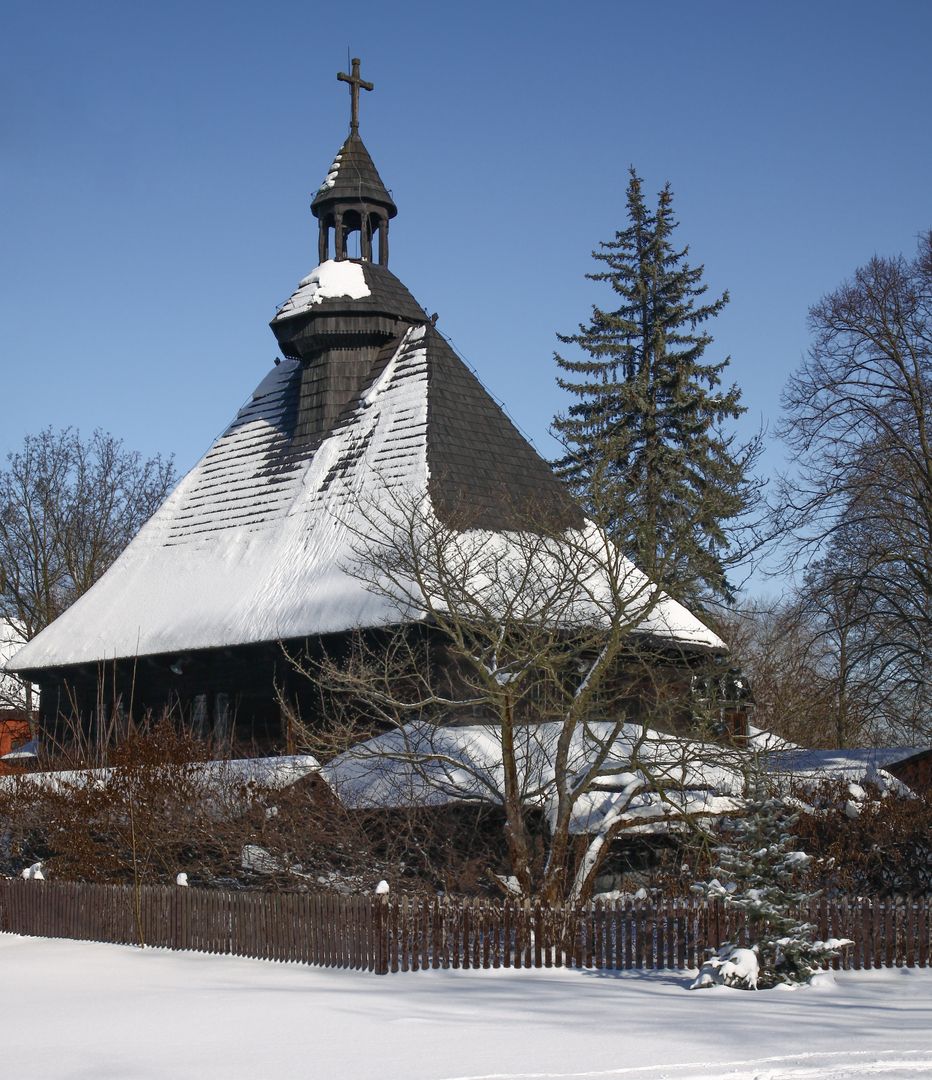Spala
6.67

Overview
Spała is a holiday settlement in the Łódź Voivodeship, in the Tomaszów district, located in the Pilica Forest, on the Pilica River. Its history dates back to the 17th century, when local forests began to be exploited, leading to the establishment of a mill settlement. In the 18th century, a mill and a fulling mill appeared, marking the beginning of the resort's development. After the Second Partition of Poland, Spała came under Prussian rule, which influenced its further development, and in the 19th century, it gained popularity as a site for tsarist hunts, with a hunting palace built in 1884. Spała also became a place where various ceremonies were organized, including annual harvest festivals. During the Second Polish Republic, it served as the summer residence of presidents, featuring a beautiful chapel in the Zakopane style and the town's famous symbol—the bison monument. During World War II, Spała was the seat of the German command, and after the war, many monuments were destroyed, including the presidential palace. During the Polish People's Republic, Spała transformed into a holiday center. Today, visitors can find historical monuments such as the wooden chapel and the palace park. The settlement is also known for organizing the Spała Antique Fairs, which attract tourists. Tourist trails, including the water route along the Pilica River, make Spała a popular destination for nature and history enthusiasts.
Location
2025 Wizytor | All Rights Reserved